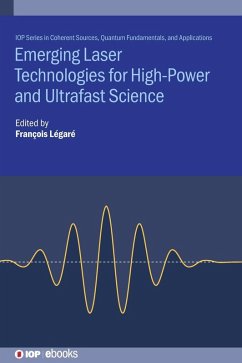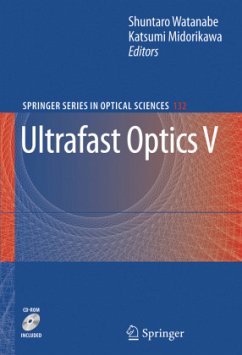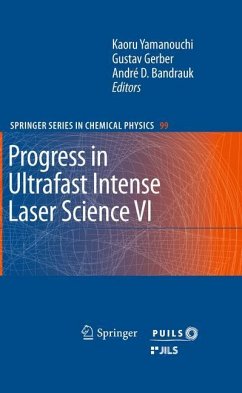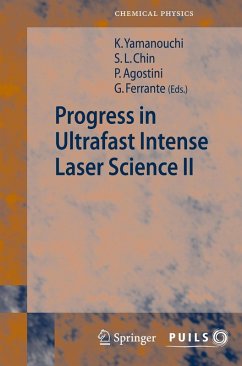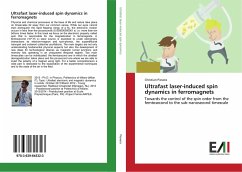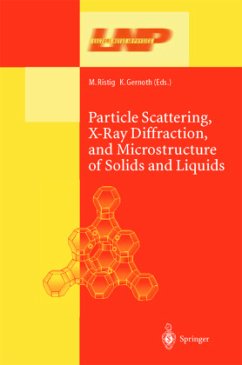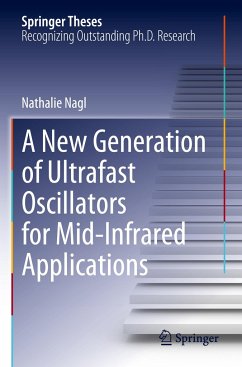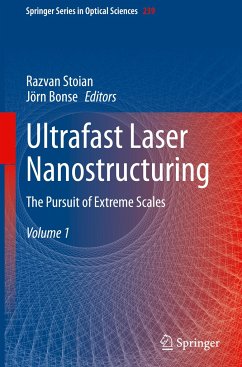
Laser/Microstructure Interaction and Ultrafast Heat Transfer
Optical Nanolithography and Plasmonics
Versandkostenfrei!
Versandfertig in 6-10 Tagen
52,99 €
inkl. MwSt.

PAYBACK Punkte
26 °P sammeln!
The industrial demand for smaller structures required for the manufacture of quantum devices and high density recording media have resulted in the need for fabrication technology at the nanometer scale. It is shown in this text that laser/microstructure interaction can break the diffraction limit, creating nanoscale surface modifications in both localized and parallel fashions. Two fundamental problems required for predictive optical nanolithography are addressed here: the electrodynamic response of laser energy in the vicinity of micro/nanostructures, and the resulting energy transport throug...
The industrial demand for smaller structures
required for the manufacture of quantum devices and
high density recording media have resulted in the
need for fabrication technology at the nanometer
scale. It is shown in this text that
laser/microstructure interaction can break the
diffraction limit, creating nanoscale surface
modifications in both localized and parallel
fashions. Two fundamental problems required for
predictive optical nanolithography are addressed
here: the electrodynamic response of laser energy in
the vicinity of micro/nanostructures, and the
resulting energy transport through a target
material. Three-dimensional electromagnetic fields
are resolved in the near-field of irradiated
microstructures using advanced numerical
techniques. Energy transport through the substrate
is subsequently modeled using conventional
conduction formulae and ultrafast electron density
evolution. The combined electrodynamic/heat transfer
solutions generate final lithographic predictions
which are referenced to experiment. This work then
investigates the interaction between lasers and
optically dispersive nanostructures for photonic and
plasmonic applications.
required for the manufacture of quantum devices and
high density recording media have resulted in the
need for fabrication technology at the nanometer
scale. It is shown in this text that
laser/microstructure interaction can break the
diffraction limit, creating nanoscale surface
modifications in both localized and parallel
fashions. Two fundamental problems required for
predictive optical nanolithography are addressed
here: the electrodynamic response of laser energy in
the vicinity of micro/nanostructures, and the
resulting energy transport through a target
material. Three-dimensional electromagnetic fields
are resolved in the near-field of irradiated
microstructures using advanced numerical
techniques. Energy transport through the substrate
is subsequently modeled using conventional
conduction formulae and ultrafast electron density
evolution. The combined electrodynamic/heat transfer
solutions generate final lithographic predictions
which are referenced to experiment. This work then
investigates the interaction between lasers and
optically dispersive nanostructures for photonic and
plasmonic applications.



